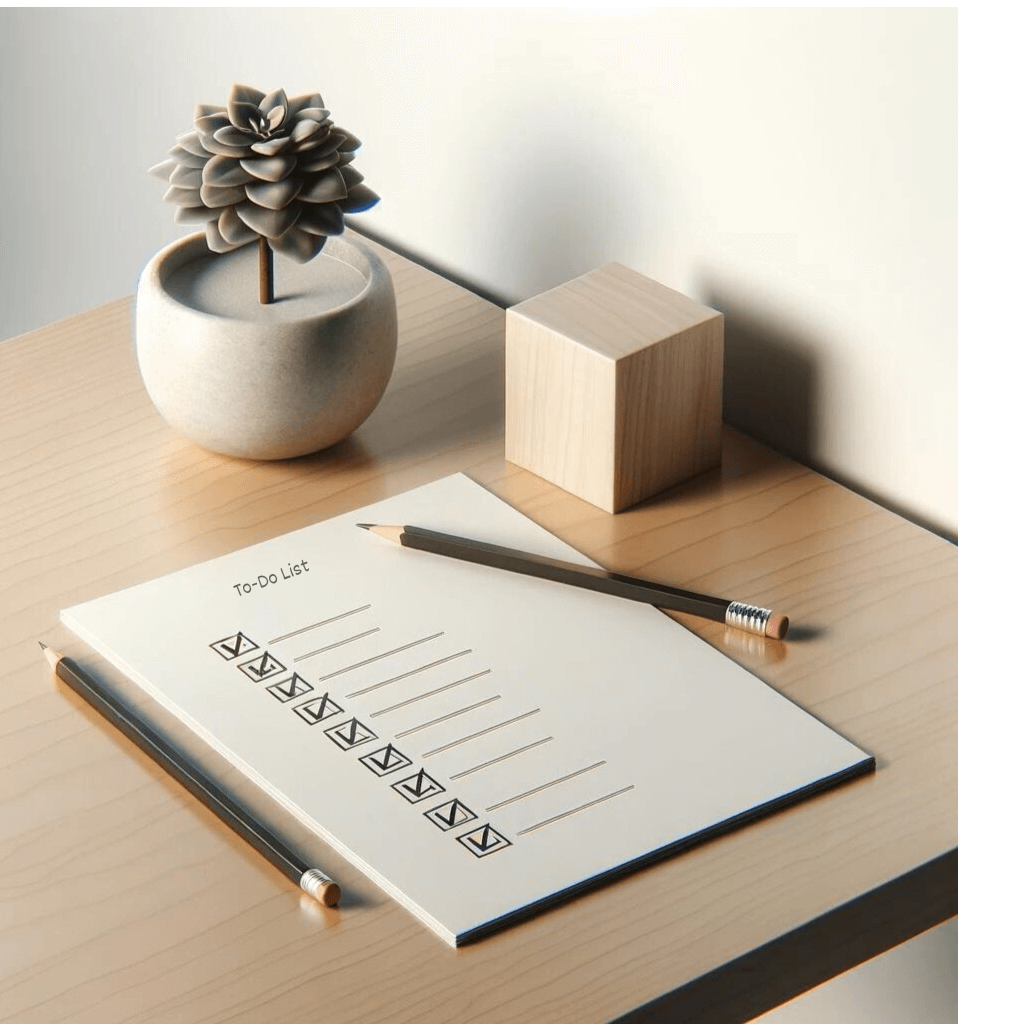When it comes to the best ways to increase your home value, not all upgrades are created equal. Some improvements may look nice but offer little return on investment (ROI), while others can significantly enhance your property’s market value. If you’re considering selling your home or just looking to invest in its future, understanding where to allocate your budget can make a big difference. Here are some of the best ways to boost your home’s value without falling into the trap of diminishing returns.

Kitchen Remodel
A full kitchen overhaul can be expensive, with a high risk of spending more than you’ll get back. Instead, focus on a minor remodel: update cabinet fronts, replace old appliances, update lighting, and new paint. This approach can refresh your kitchen’s look without the hefty price tag. However, if you’re considering staying in your home for a longer period of time and have the budget for it, a more in-depth remodel with new cabinets and granite countertops might be worth it to you.
Adding a Room
If you have the ability to easily add a room to your house floor plan, that can significantly increase the value of your home. This includes adding an additional full or half bathroom. Not everyone is going to be able to do this. It’s often expensive to add livable square footage to your home, but if you have a basement that’s 70% finished or an extra space in your home that can be converted to an additional bedroom, that can add a lot of value to your home without the huge price tag that comes with typical home additions.
Bathroom Updates
Much like the kitchen, a bathroom refresh can significantly impact your home’s appeal. Updating fixtures, repainting, and installing modern lighting can transform the space without a complete renovation. For a more substantial upgrade, consider replacing an outdated vanity or adding a new tile floor. If you have an old sink or toilet, now would be a good time to replace it. In a small bathroom, you should be able to paint, replace light fixtures, get a 24” vanity, replace a toilet, and add a new shower rod and curtain for a $1,000 or less. Tile work will be more time consuming, but if your floor tile or shower is in rough shape, consider the cost and decide if it’s worth doing to you.
Energy Efficiency Improvements
Improving your home’s energy efficiency is not only good for saving on your energy bills, but also appealing to potential buyers. Simple changes like sealing windows and doors, adding insulation or a heat pump water heater, and upgrading to a programmable thermostat can reduce energy costs and increase your home’s value.
Even if you don’t have an electric car, consider adding an additional outlet like a 14-50 or 6-50 in your garage that could be used for a level 2 car charger in the future. A less powerful, but more affordable option is installing a 6-20 outlet. Obviously, this will depend on your geographic area and how common electric cars will be there in the near future.
Look for additional local and state rebates, but at the federal level, you can claim a credit for 30% of the purchase price of a lot of these energy efficient enhancements up to a certain amount. Read more details about this at ENERGY STAR.
Landscaping and Curb Appeal
First impressions matter. Investing in your home’s curb appeal through landscaping can yield a substantial return. Basic lawn care, such as maintaining a healthy, green lawn, adding flower beds, and pruning trees and shrubs, can make your property more attractive. More extensive projects like installing a patio or pathways have varying ROIs but can significantly improve the usability and appeal of your outdoor space.

Deck Addition
Outdoor living spaces have become increasingly desirable, especially in areas with favorable climates. Adding a deck provide an excellent return on your investment. The cost can vary widely depending on size and materials, so it’s important to choose options that are in line with your budget and the house. Spending $30,000 on a composite deck for a house that’s worth $200,000 in a neighborhood with similar homes, likely isn’t a great financial decision.
Paint and Cosmetic Updates
Never underestimate the power of a fresh coat of paint. Repainting the interior and exterior of your home can brighten up the space and make it more inviting. Stick to neutral colors to appeal to the widest range of buyers. Updating light fixtures, door handles, and other hardware can also contribute to a more modern feel. These cosmetic updates are relatively low-cost but can significantly impact your home’s appeal and value.
Avoiding Poor ROI
While it’s tempting to go all out on home improvements, spending too much on any project can lead to a poor return on investment. Carefully consider your options, especially when considering taking out a loan or borrowing against the equity in your home. It’s crucial to research and plan your renovations carefully, considering both the cost and the potential increase in home value. Projects that are overly customized or luxurious compared to the rest of the neighborhood will likely recoup less when it’s time to sell.
Increasing your home’s value requires a strategic approach to home improvement. By focusing on projects that offer a strong return on investment, you can enhance your living space and make a wise financial decision. Whether you’re planning to sell soon or investing in your home’s future, these upgrades can ensure your home is both appealing and valuable.


